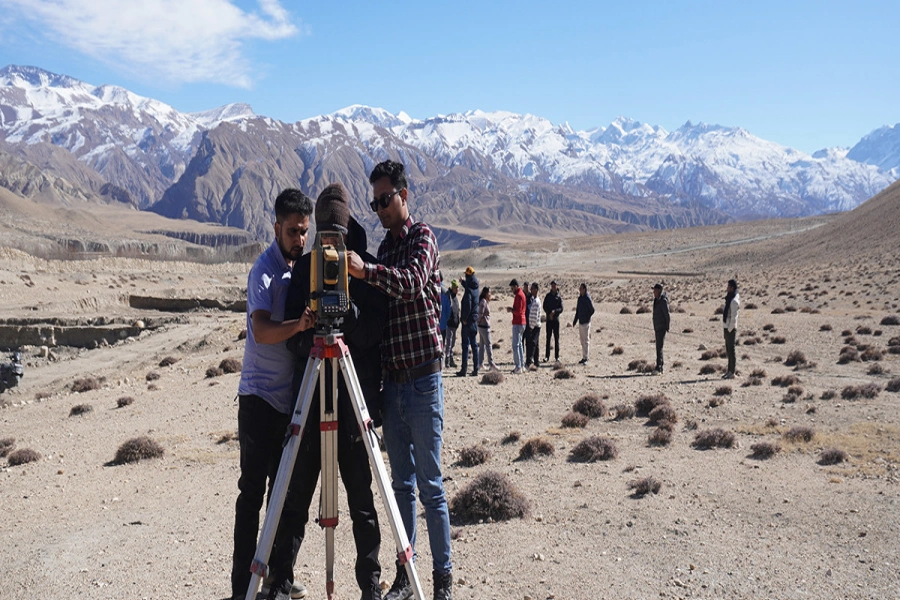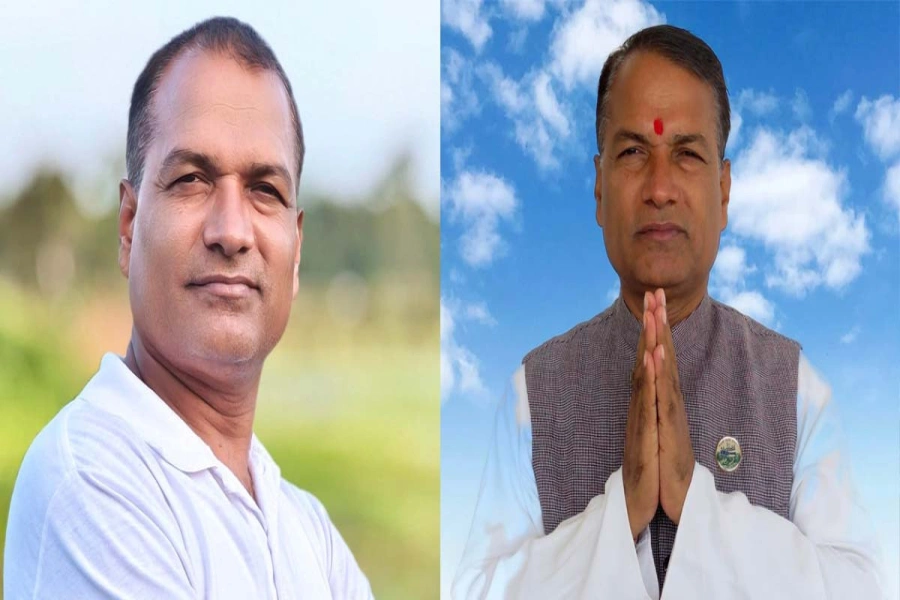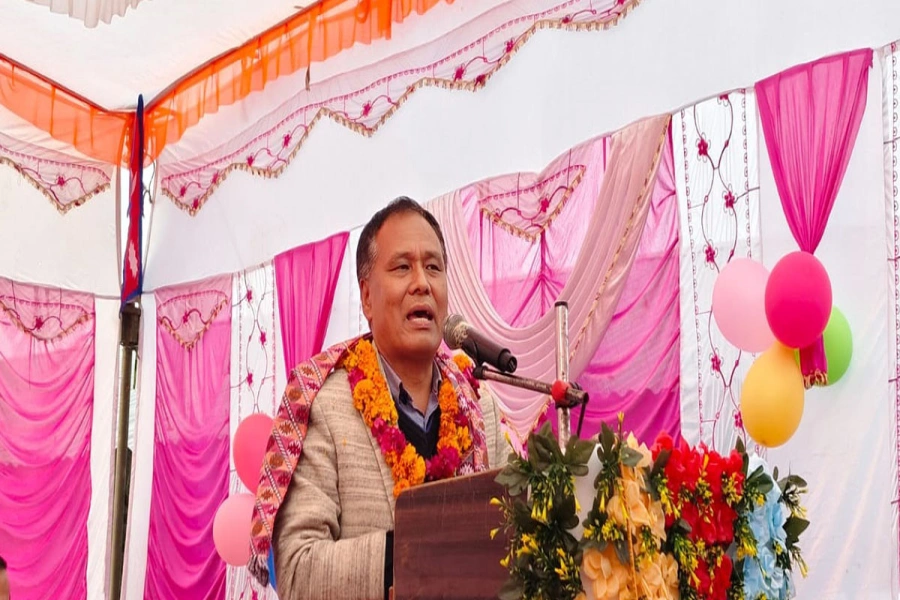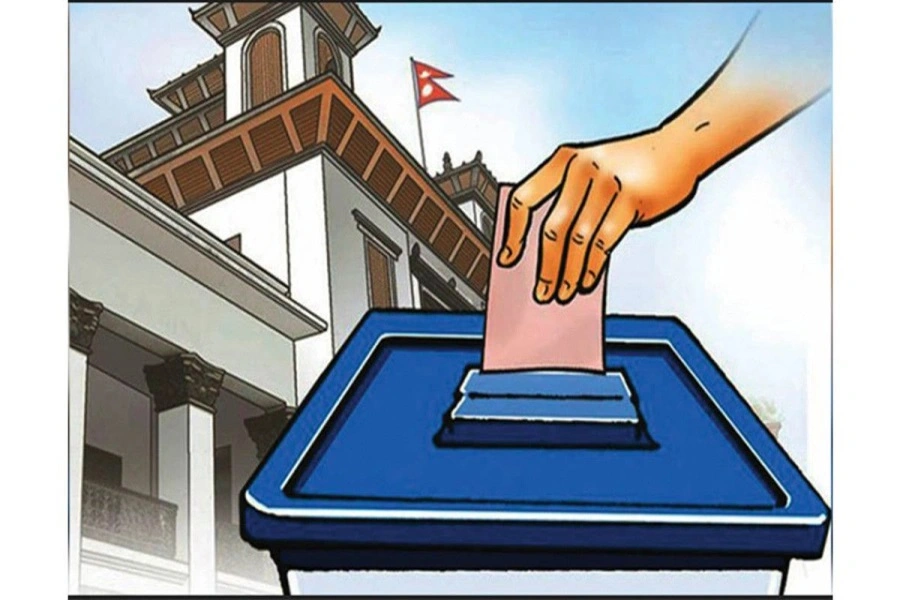KATHMANDU, Nov 11: A study has estimated that 3,000 people, most of them hailing from financially poor families, die every year due to snake bites, a figure underreported in official government statistics. Dr Sanjeev Kumar Sharma, a specialist in snakebites, heart and kidney diseases at BP Koirala Institute of Health Sciences, shared this information.
Dr Sharma presented the findings during a two-day conference on Snakebite Management in Nepal. Held on November 6 and 7, this event brought together stakeholders, including amphibian zoologists as well as public health experts.
According to Dr Sharma, a 2022 research study highlighted that 3,000 deaths occur annually in Nepal due to snake bites. Conducted by Professor Francois Chapus from the University of Geneva and Dr Sharma, this study was based on research in the Terai region of Nepal and was published in The Lancet journal. This research surveyed 67,000 households across two countries and showed that 35,000 people are bitten by snakes each year in Nepal. Of those around 3,000 people dying as a result of snakebite, 80 percent die before reaching hospital.
In contrast, official statistics report that 9,100 to 9,500 people are bitten by snakes annually, with 10 percent of those cases turning fatal. According to Dr Sharma, the unreported deaths—around 3,000 each year—are largely due to snake bites occurring outside hospitals, where the cause of death is not documented.
Dr Sharma said that snakebite fatalities are particularly high in Nepal due to two species of snakes: kraits and cobras. If bitten by these snakes, victims must reach hospital within an hour, else they will die. Krait, which typically bites at night, often delivers a painless bite with a very minor-seeming wound, making it difficult for the victim to recognize the bite in time. As a result, many victims die in their sleep before they can get medical attention. Besides, even if individuals bitten by cobras or kraits manage to reach a hospital, many still suffer tragic death due to the lack of proper treatment.
Dr Sharma said that many health centers fail to report snakebite-related deaths to the Epidemiology and Disease Control Division, leading to an underreporting of fatalities. Additionally, Dr Sharma highlighted the shortage of essential medical equipment in many treatment centers. Even when patients reach a hospital within an hour, those with complications often die because there are not enough facilities, such as ICU beds or ventilators, to curb the poison spreading through their bodies.
Snake bites claim 10 lives in Dang in a year

Another issue is the limited effectiveness of the free antivenom provided by the Government of Nepal. Dr Sharma pointed out that the antivenom does not work on the snake bites from all species, as there are five species of venomous snakes in Nepal, and the available antivenom is not effective for all of them.
“Most of those who die of snake bites in Nepal are poor farmers,” Dr Sharma said. These farmers are often exposed to the perils of snakes while sleeping on the ground, collecting straw, or working in the fields. In addition, many poor farmers live in mud houses with holes in the walls, sleep in hammocks, or have rat holes in their homes, exposing them to the risk of snake bites.
Although the Nepal government has expanded snakebite treatment centers and provides free antivenom, the overall reduction in snakebites has remained disappointingly low. There is still insufficient public awareness and limited access to treatment centers. Yadu Chandra Ghimire, an expert in public health, acknowledged that despite the expansion of treatment centers since 1999, there is still inadequate awareness at the grassroot level, and the treatment infrastructure remains insufficient.
Ghimire suggested that the government focus on expanding treatment centers with skilled personnel and better infrastructure. He said that without increasing basic public awareness about how to prevent snake bites, many people will continue to die each year.
In 2019, the World Health Organization (WHO) released guidelines on snakebite control, setting a target to reduce snakebite-related deaths by 50 percent by 2030. Dr Sharma recommends that Nepal implement policies and programs at the village level to reduce snake bites.
Dr Sharma also advises simple precautions that could help prevent snake bites. He suggests using mosquito nets while sleeping, sealing holes where rats can enter homes, carrying a light when going out at night, wearing high shoes or gloves in the fields, and using gloves when handling grass. He also recommends installing nets on windows and doors to prevent snakes from entering homes.
Likewise, both Dr Sharma and Dr Ghimire urge the government to adopt four main strategies for snakebite control: increasing community participation, raising public awareness, and ensuring proper treatment and snake identification at medical centers.
AI to be used for protection of snakes and humans
At the two-day conference on snakebite management, experts concluded that a forward-looking approach is essential to protect both snakes and humans. Rafael Ruiz, a researcher from the University of Geneva, who participated in the conference on using AI in snakebite control, explained that the University of Geneva, along with other agencies, is collaborating on this initiative.
Ruiz said that snakebite management has already begun in developed countries by using AI to identify snakes. This AI technology is now being enhanced to identify snake species and snake bites in real time. The system is already operational in some developed nations, and efforts are underway to implement it in Nepal within the next few years.
Through AI, images of snakes can be captured and sent to a mobile application or local community platform. After analyzing the image, the system can determine whether the snake is venomous and identify its species. This technology will help individuals quickly assess the danger and seek appropriate medical help.
Once identified, the AI system can assist healthcare providers in determining the appropriate treatment, making it easier for patients and doctors to decide on the course of action. Ruiz said that this technology will also help in research efforts to understand where specific snake species are found.
"The identification of snakes will not only help health workers treat patients in time but also assist conservationists," Ruiz said. He pointed out that snake bites are becoming increasingly common in Nepal’s mountainous areas, partly due to climate change, which is causing snakes to expand their range.
Experts at the conference also stressed the importance of shifting away from the practice of killing snakes after bites. Dr Sharma highlighted that snakes are vital to maintaining ecological balance and should not be harmed. "Rather than killing snakes, it is better to safely remove them with the help of a rescue team," he said, “Protecting snakes is crucial for the environment.”




































